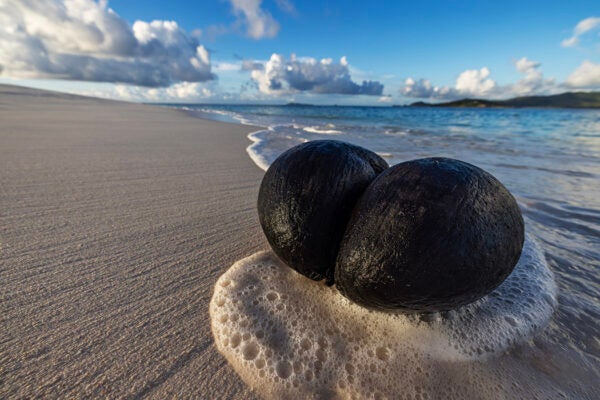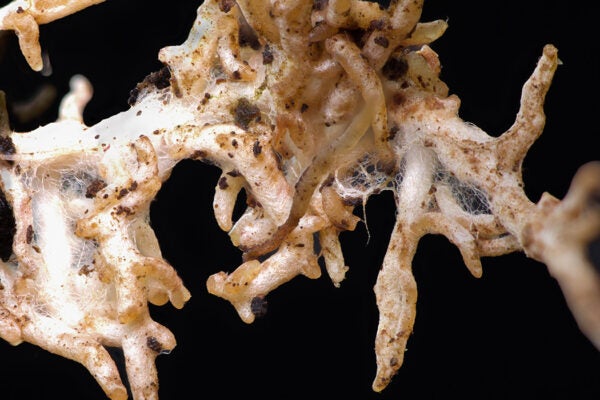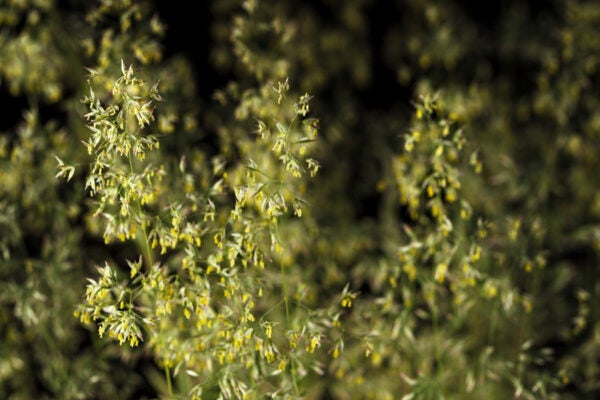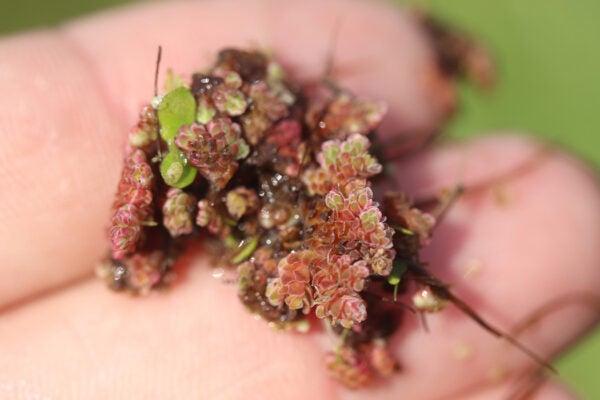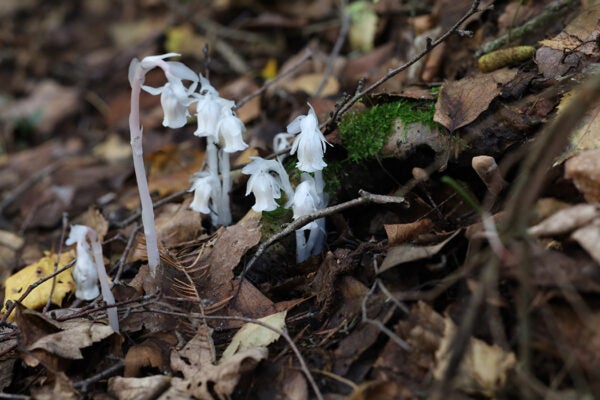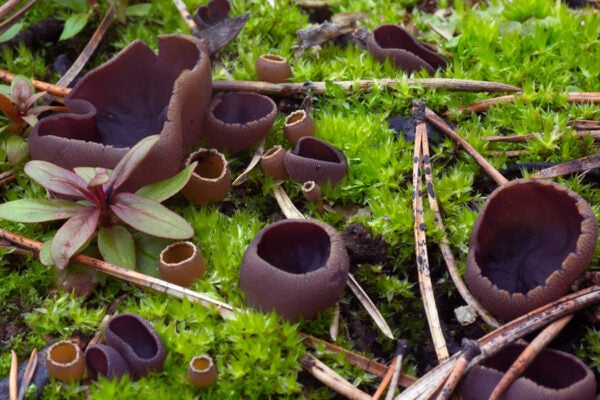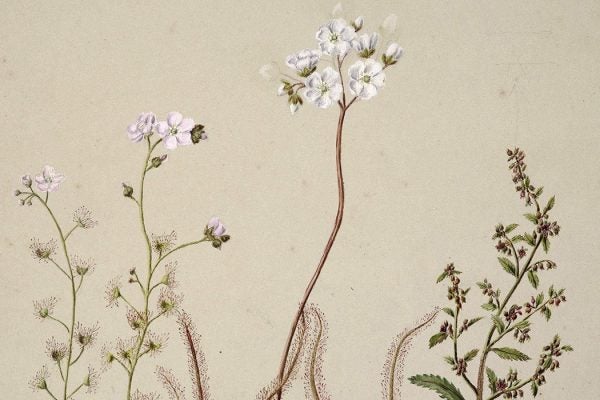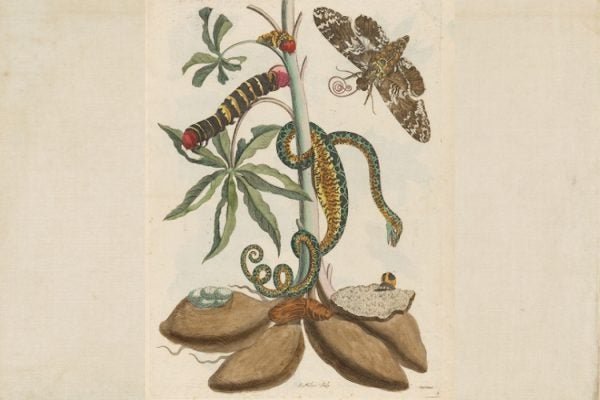Coco De Mer: The Magical Derrière of the Sea
Once viewed as a precious item of mysterious origin, the seed of the coco do mer palm, though better understood today, remains a rare and valuable commodity.
The Fungi in the Carbon Jigsaw
Out of sight, below the soil’s surface, fungi play a vital role in the existence and health of our forests, woodlands, jungles, and prairies.
A Most Opportunistic Colonizer
Poa annua is a unique grass species now thriving on every continent—including Antarctica. Wherefore its wanderlust?
Azolla filiculoides: Balancing Environmental Promise and Peril
One of the world’s tiniest fern species, Azolla filiculoides may be one of our greatest tools for lowering agricultural pollution and greenhouse gas emissions.
Ghost of the Forest: Monotropa uniflora
Look for this other-worldly plant in moist, shaded areas of mature forests throughout much of North America, East Asia, and northern South America.
The Vital Near-Magic of Fire-Eating Fungi
As wildfires grow in size and severity, researchers are learning more about the burn scar pioneers that are foundational to ecosystem recovery.
Plant of the Month: Sundew
Beautiful but deadly, the carnivorous sundew has long fascinated amateur and expert botanists alike—and may possess untapped medicinal value.
Plant of the Month: Cassava
Cassava can grow in hot climates with little rainfall. It may be the "root crop of the century."
Botanists Use Machine Learning to Accelerate Research
A new artificial intelligence program called ARADEEPOPSIS will help botanists rapidly classify plant phenotypes.
Tree Bark and Fire
A tree's hard outer bark helps it survive. Studying why it's thicker on some trees than others could help scientists understand how to protect them.
